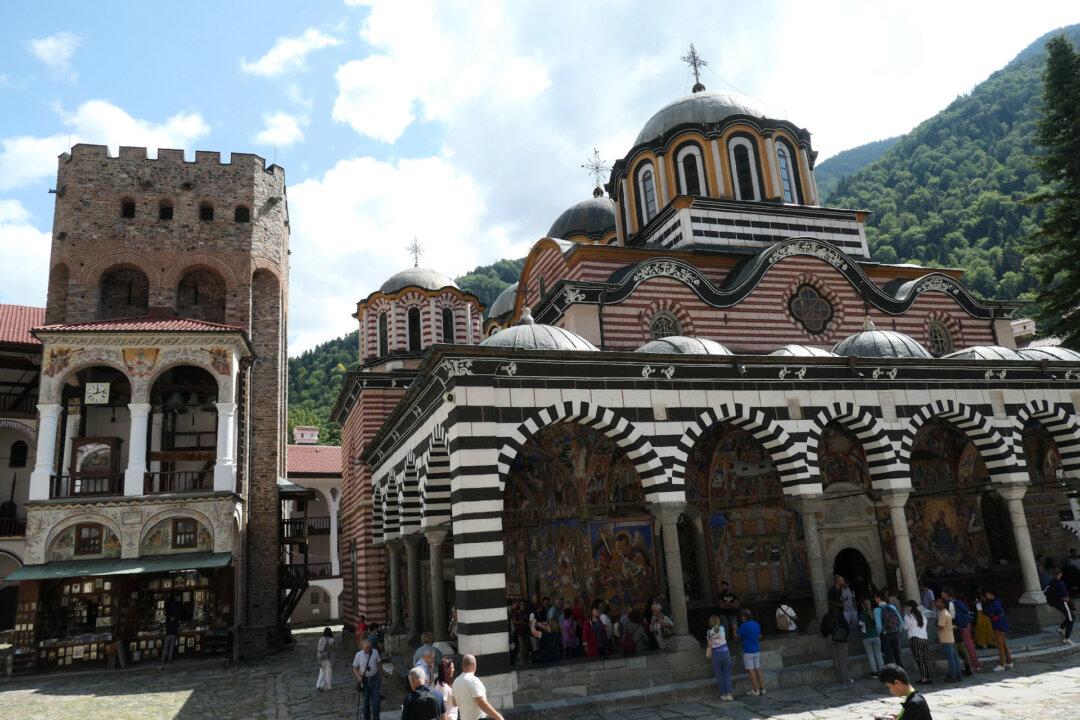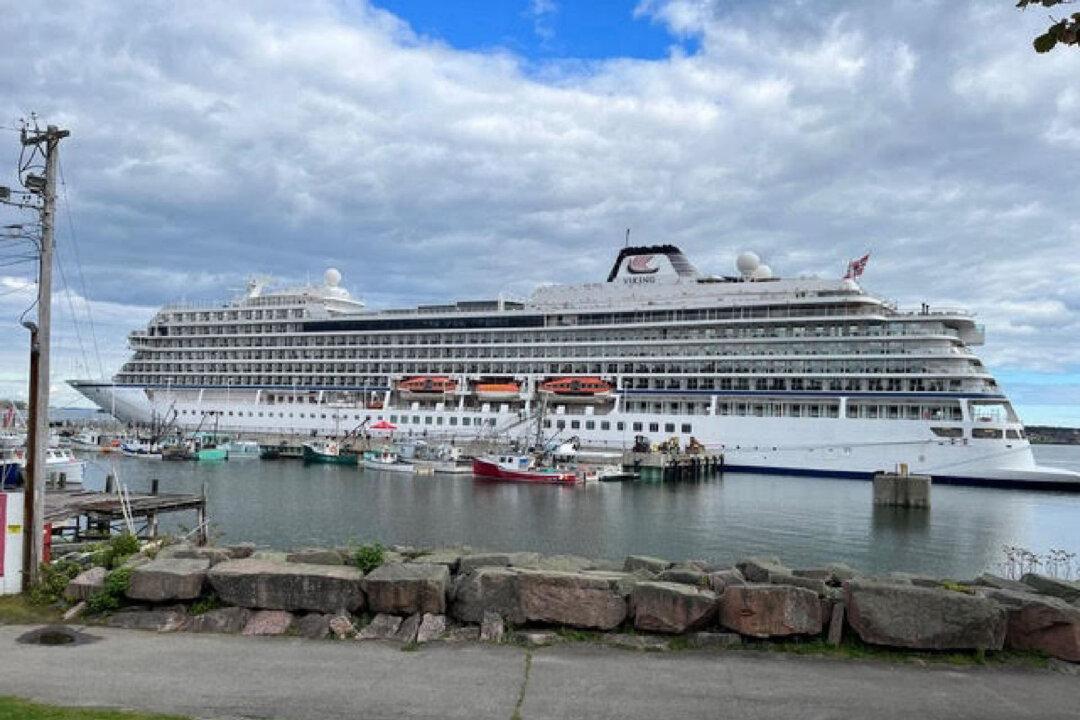If you’re seeking a place that’s safe, uncrowded, intriguing, and affordable, then Bulgaria should definitely be a possibility. Bordered by Romania, Serbia, North Macedonia, Greece, and Turkey, Bulgaria blends millennia of colorful history with what is today a nation rebounding from decades of suffocating Cold War communist rule. Best of all, the locals are friendly toward Westerners.
Start in the capital of Sofia, home to approximately one-fifth of the nation’s 6.5 million people. Sofia’s most notable structure, the Alexander Nevsky Memorial Church, reflects Bulgaria’s long love-hate relationship with Russia.





